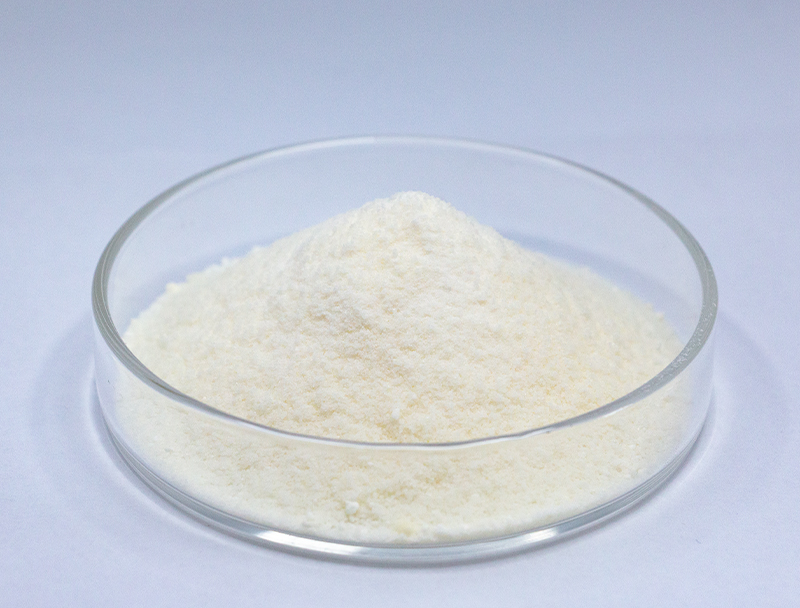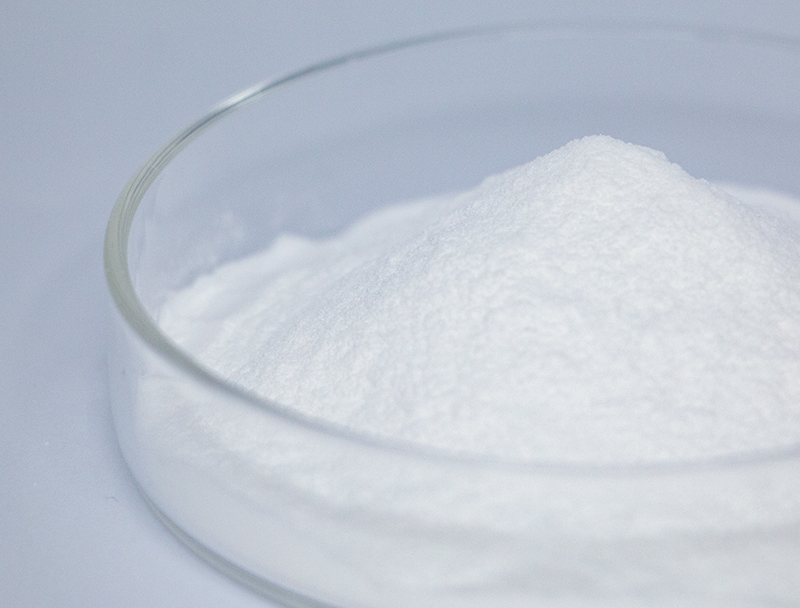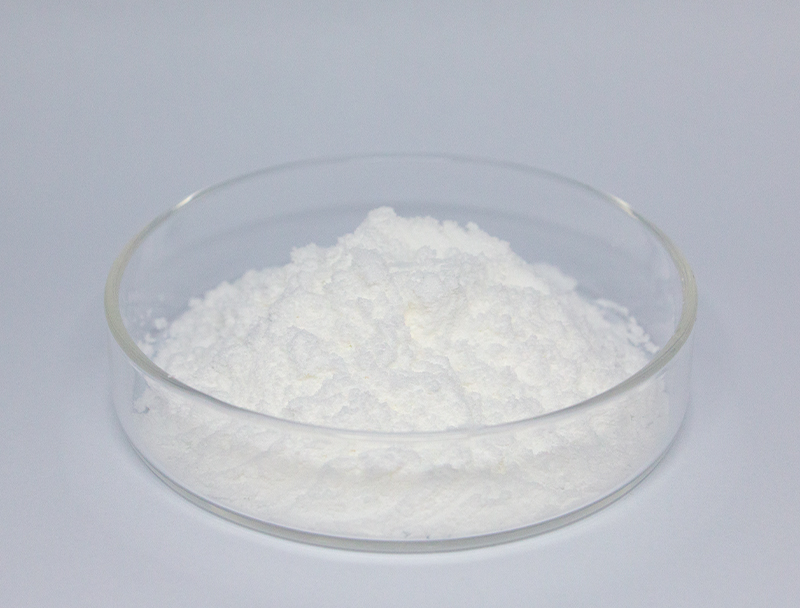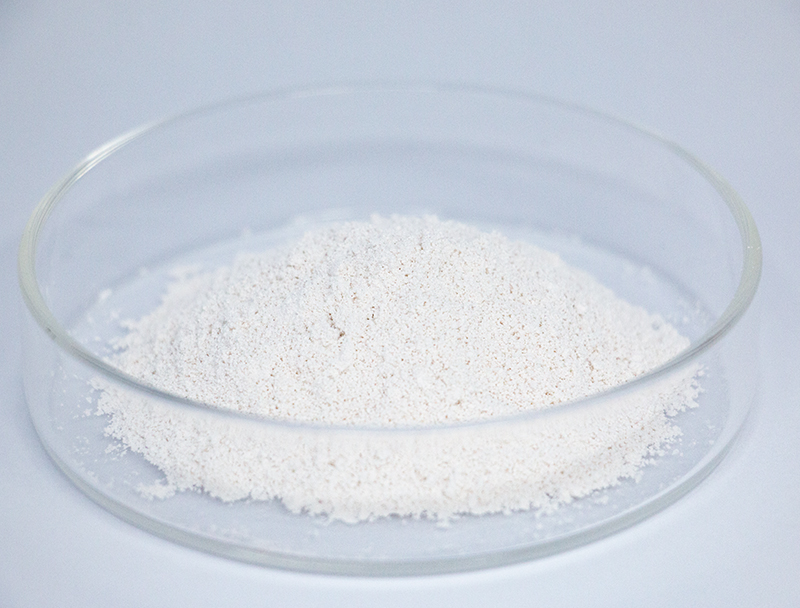
Cell-based production leans heavily upon a wide assortment of base components for fabricating next-generation bio-products.
Safeguarding sustainably sourced materials remains essential to industry resilience and responsible expansion.
a range of complications linked to historic procurement practices including biodiversity loss and excessive resource use. Therefore, biomanufacturing companies must actively seek out alternative sourcing strategies to minimize their ecological footprint.
- Instances of green procurement approaches are:
- Utilizing renewable feedstocks derived from agricultural byproducts
- Integrating recovery systems to shrink waste while improving throughput
- Teaming up with provincial partners who practice sustainable procurement
Transitioning to green supply models secures ecological benefits and economic upside.
Refining Biomass Sources to Enhance Fuel Conversion
Maximizing the efficiency of biofuel production relies heavily on the quality and composition of biomass feedstocks. Engineers continually develop approaches to improve biomass suitability, creating higher productivity and an eco-friendlier fuel landscape. Efforts pair genetic enhancement for feedstock abundance with advanced pretreatment to produce usable sugars.
- Additionally, researchers are focusing on identifying new sources of biomass, such as algae, waste products, agricultural residues, to expand the range of sustainable feedstocks available for biofuel production.
- As a result of relentless efforts the industry should deliver significant enhancements paving a path to sustainable energy.

Optimizing Early-Stage Biomanufacturing Processes
comprises front-end procedures like culture expansion and cell retrieval Modern progress within the sector has contributed to more efficient processes and higher production.
Important innovations consist of upgraded cell platforms, customized nutrient matrices, and smart bioreactor solutions. These changes expand productivity and help reduce both financial and environmental overhead.
- Additionally, a shift to integrated continuous operations is providing enhanced flexibility and responsiveness in production.
- Embracing sophisticated manufacturing strategies is poised to change industry norms and shorten development cycles.

Next-Gen Gene Editing for Enhanced Protein Expression
developments in targeted genetic engineering methodologies have modernized drug manufacturing. Using precise gene interventions, engineers raise the output of key therapeutic proteins. This capability can unlock development of cost-efficient, high-performance biologics for many conditions.
Biodegradation Strategies Using Targeted Microbial Cultures
novel biological remediation techniques leveraging microbial metabolisms for pollution control. Microbial communities can biotransform hazardous materials into lower-risk substances. Using microbial biotechnology enables remediation strategies that balance effectiveness with ecological protection. Study groups probe microbial metabolic diversity to tackle metals, persistent pesticides, and hydrocarbon spills.. These microorganisms can be employed in bioreactors or directly at contaminated sites, promoting the breakdown of pollutants through biodegradation processes..
The use of microbial biotechnology in bioremediation offers several advantages over conventional methods. Microbial remediation can cut expenses and limit harmful secondary emissions. Similarly, microbe-based remediation affords specificity that avoids extensive ecosystem disturbance. Research progresses swiftly to enhance microbial remediation efficiency and practical effectiveness.
Informatics-Driven Strategies for Drug Design
Advanced informatics contributes significantly to today’s drug research environment. From identifying potential drug candidates to optimizing their efficacy and safety, bioinformatics enables a more efficient and data-driven approach.
- By analyzing vast datasets of genomic, proteomic, and clinical data, bioinformaticians can uncover novel drug targets and predict the activity of potential therapeutics.
- Similarly, modeling drug–target interactions streamlines design of compounds with better efficacy and selectivity.
- Ultimately, informatics is transforming R&D and shortening timelines to deliver safe, efficacious therapies to patients.
Fine-Tuning Metabolism to Maximize Bioproduct Synthesis
applies assorted techniques to boost microbial synthesis of valuable compounds. Approaches may include genome edits to rewire pathways, transcriptional control to tune expression, and heterologous gene insertion to add functions.. Through strategic metabolic edits practitioners can markedly increase the synthesis of target products.
This multifaceted approach has the potential to revolutionize a broad range of industries, including biopharmaceuticals, agriculture, and bioenergy.

Barriers and Benefits When Expanding Biopharmaceutical Manufacturing
Large-scale manufacturing brings notable difficulties together with growth opportunities. A primary obstacle is ensuring uniform quality control as volumes rise. Meeting the need calls for dependable control systems, granular monitoring, and cutting-edge analytical methods.

A further difficulty lies in process complexity, with many interdependent production phases.. Optimizing these processes for large-scale production can be a complex undertaking, requiring extensive research and technological innovation.. Yet, the returns can be substantial. Achieved scale can widen availability of treatments, lower manufacturing costs, and boost financial returns.
A range of strategies is being implemented to address scaling problems. Plans feature next-gen optimization hardware, sophisticated real-time analytics, and forward-looking production strategies.
- Research and development activities are central to evolving manufacturing capacity.
- Authorities are revising processes to enable faster clearance of manufacturing innovations and encourage progress.
Regulatory Strategies for Biopharma Compliance and Patient Protection
The development of biopharmaceuticals is a complex process that requires stringent regulatory oversight to ensure both patient safety and product efficacy. Living-source therapeutics present distinct obstacles in regulation and production relative to classical drugs.
Institutions such as the U.S. FDA and European EMA lead in formulating regulations and benchmarks β-Nicotinamide Mononucleotide for biologic approvals..
Rigorous testing protocols are mandatory throughout the development lifecycle, from pre-clinical research to post-market surveillance.. The protocols serve to uncover safety concerns and certify that products fulfill rigorous protection standards..
Likewise, authorities progressively modify regulatory tactics to follow the speed of innovation in biopharma.. Efforts comprise integrating cutting-edge tools and easing development pathways while upholding patient safety.

Assessing Plant Biomass Pathways for Bioplastic Innovation
The trend toward sustainability stimulates development of renewable material technologies. Bioplastics produced from plant biomass form a compelling option for lowering environmental footprint. Biomass sources such as cornstarch, cellulose, and sugarcane are usable to produce plastics that biodegrade and reduce ecological impact.
Additionally, many plant-based bioplastics show performance characteristics similar to conventional plastics for numerous uses.. Sustained research efforts are necessary to optimize plant feedstocks for mass bioplastic production and enable circularity.
Biotechnology's Impact on Global Health and Food Security
Biotech innovations hold promise to dramatically impact health and the reliability of food systems. By applying gene editing, synthetic biology constructs, and cellular therapies, scientists create tools to fight disease, raise yields, and boost nutrition.. A concrete example includes modified crops engineered for pest and stress tolerance that yield more while decreasing pesticide needs. Concurrently, biotechnology drives development of immunotherapies, antibiotics, and diagnostics that play a key role in controlling diseases and improving health metrics. As innovations mature, biotechnology can provide meaningful contributions toward global health and resilient food supplies for future generations.
